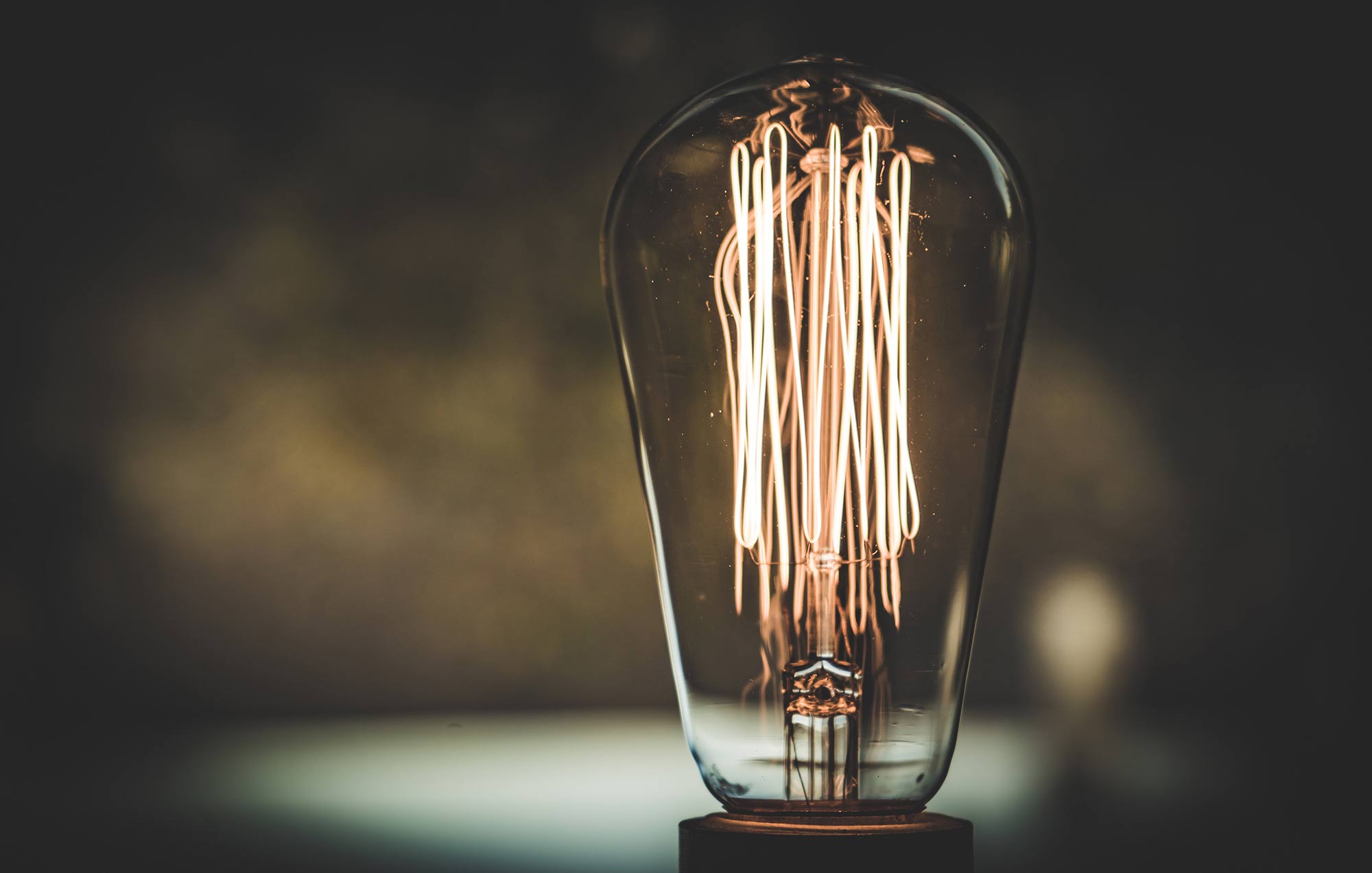Whether you’ve recently moved into a new home or you’re performing some winter maintenance, Empower Electric has the tips and tricks to teach you how to inspect electrical wiring safely and easily. This will allow you to determine whether or not you need to contact us for a more in-depth inspection or repairs. In the meantime, read on to learn how to easily inspect your electrical wiring at home without needing to be an electrician yourself.
Outlets
Before even looking at the wiring itself, check your outlets and outlet covers. These should be pristine and have a ground (the third prong or hole) and there should not be any cracks on the casing. If you’re inspecting a home you’ve just moved into, check the paint job around the outlet for signs it was recently painted and might be covering up burn marks from an electrical fire. Similarly, the outlet may have a smoky smell around it if there were an electrical fire. If this is the case, you’ll want to consult with an electrician to determine if this is a faulty outlet needing to be replaced or a more serious wiring issue.
Hearing a buzzing from your electrical sockets is also a sign that you’ll want to have an electrician come and inspect your wiring. Additionally, you’ll want to ensure that you have Ground Fault Circuit Interrupter outlets installed in appropriate locations, such as your bathroom. These outlets are designed to break a circuit in the event of a short, protecting you from being electrocuted. If you don’t have these in your home, chances are it is time for an upgrade.
Electrical Panels
A really easy wiring test is to turn on your lights. If you notice any are flickering and it doesn’t improve if you tighten or replace the bulb, it’s likely due to a wiring issue or a breaker box with insufficient amperage. Which it is will depend on if the flickering is isolated in one room or present in multiple parts of the house. Make a note of which rooms are affected as you notice them to make it easier when calling in an electrician.
When inspecting your electrical panel, check the little lights inside the box to see if they are flickering. If they are, it may be a sign that the breaker box doesn’t have the right amperage and requires an upgrade. Learn more about electrical panel upgrades here.
Wires
Finally, check your house for exposed or fraying wires. This includes wires that are uncapped (an electrocution hazard) or open spliced (a potential fire hazard). You’ll want to call an electrician to handle these instances if you find any.
Additionally, there are two different types of wiring that you should be on the lookout for. The first is knob-and-tube wiring, which hasn’t been used since the 1930s. If your home is around that age, it’s something worth looking out for. Knob-and-tube wiring has easy to spot ceramic spool-like knobs and tubes that support single-strand wiring through joists. This wiring is considered unsafe and obsolete and will need to be replaced.
If your home is from the 60s or 70s, you’ll want to lookout for aluminum wiring. While it isn’t a safety hazard if properly installed, over time as the wires age and deteriorate, there’s a larger likelihood of short circuits and a greater risk of an electrical fire. You can easily spot aluminum wiring by checking the electrical panel for wires labelled with “AL”, “ALUM”, or “ALUMINUM”.
Get an In-Depth Inspection with Empower Electric
Once you’ve completed your basic wiring inspection and noted any areas of concern that need further attention, contact us at Empower Electric for a more in-depth inspection, repairs, and upgrades. Our team makes safety a priority and will ensure that your home is up to code and safe and sound. We provide custom solutions and provide quality, professional work in the Lower Mainland to make your home a more comfortable and safer place. Get started today!

